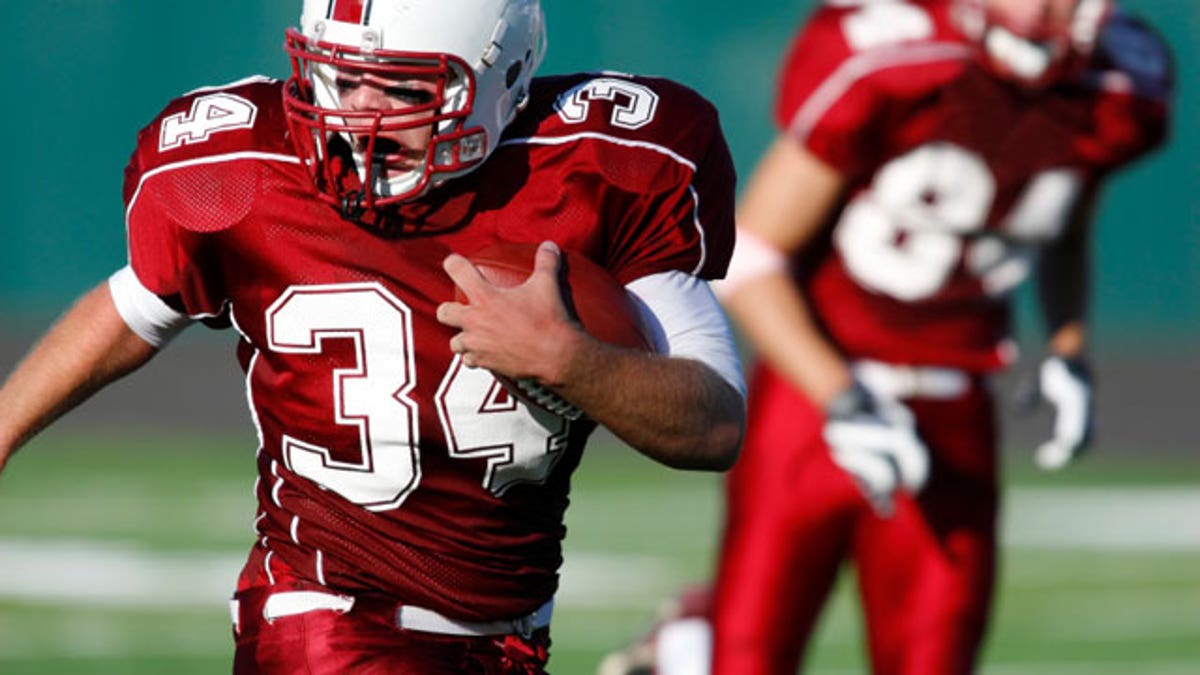
(iStock)
It could be a hard tackle in football, a cross-check in ice hockey or a fall off the top of a cheerleading pyramid.
A new push is under way to raise awareness of a little-understood but dangerous risk to young athletes: injuries to the cervical spine, the highly vulnerable area between the first and seventh vertebrae that protects the spinal cord connecting the brain to the body. Players and teammates may not instantly recognize the severity of the damage, and the wrong move can damage or sever the spinal cord, resulting in paralysis or even death.
In addition to programs to educate coaches, parents and students, a number of groups are pressing for more certified athletic trainers who are qualified to quickly recognize and respond to spinal and other injuries.
Though less common than concussions, cervical-spine injuries most often occur when players in contact sports lower their head or tuck their chin into their chest and collide with another player, the ground or objects such as goal posts. While players often recover from injuries such as fractures of one or more vertebrae, commonly referred to as a broken neck, cervical spine injuries can also be quickly fatal.
De'Antre Turman, a 16-year-old Atlanta-area high school football player, died in August after being injured during a scrimmage, suffering a fracture to his third vertebra on the field, Fulton County Medical Examiner investigator Mark Guilbeau said in a telephone interview.
The Centers for Disease Control and Prevention estimate as many as 20,000 spinal-cord injuries occur annually in the U.S., with sports accounting for about 12 percent, and new cases most often occurring in 15-to-35-year-olds.
